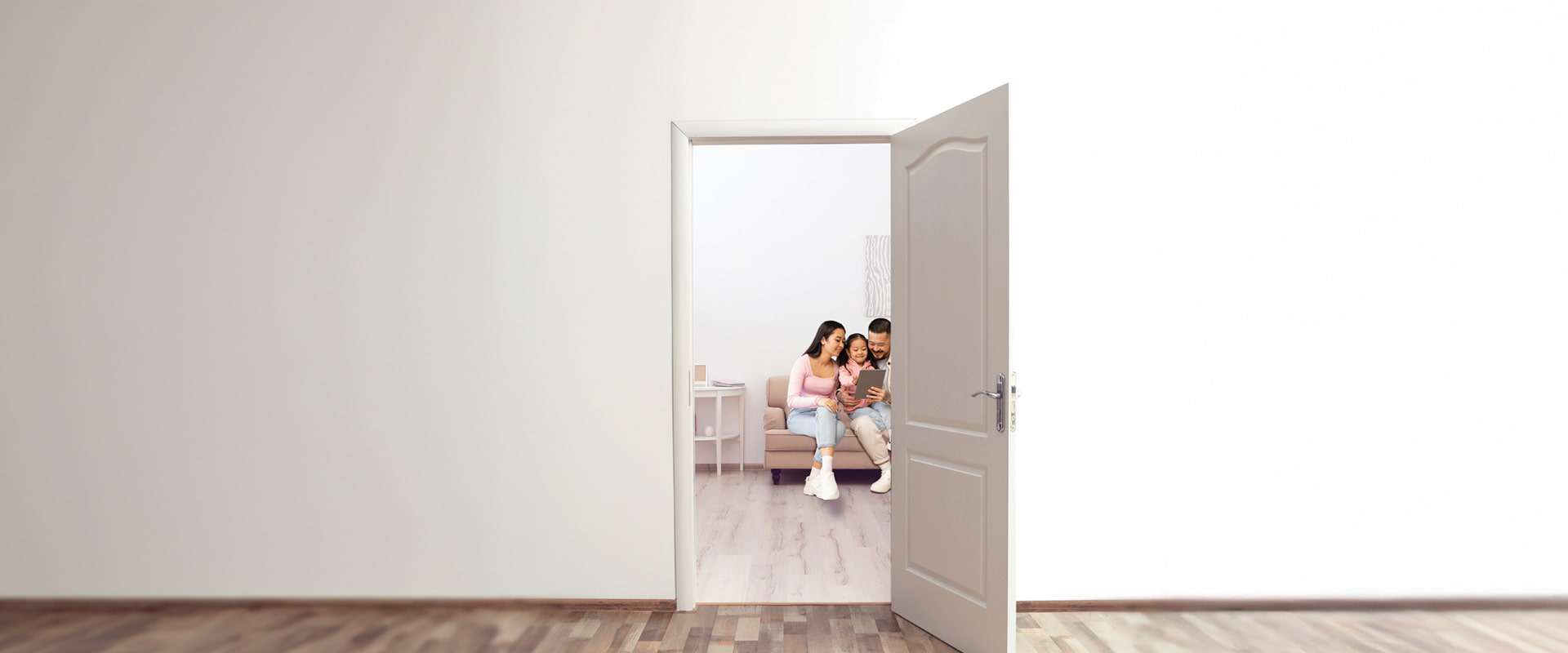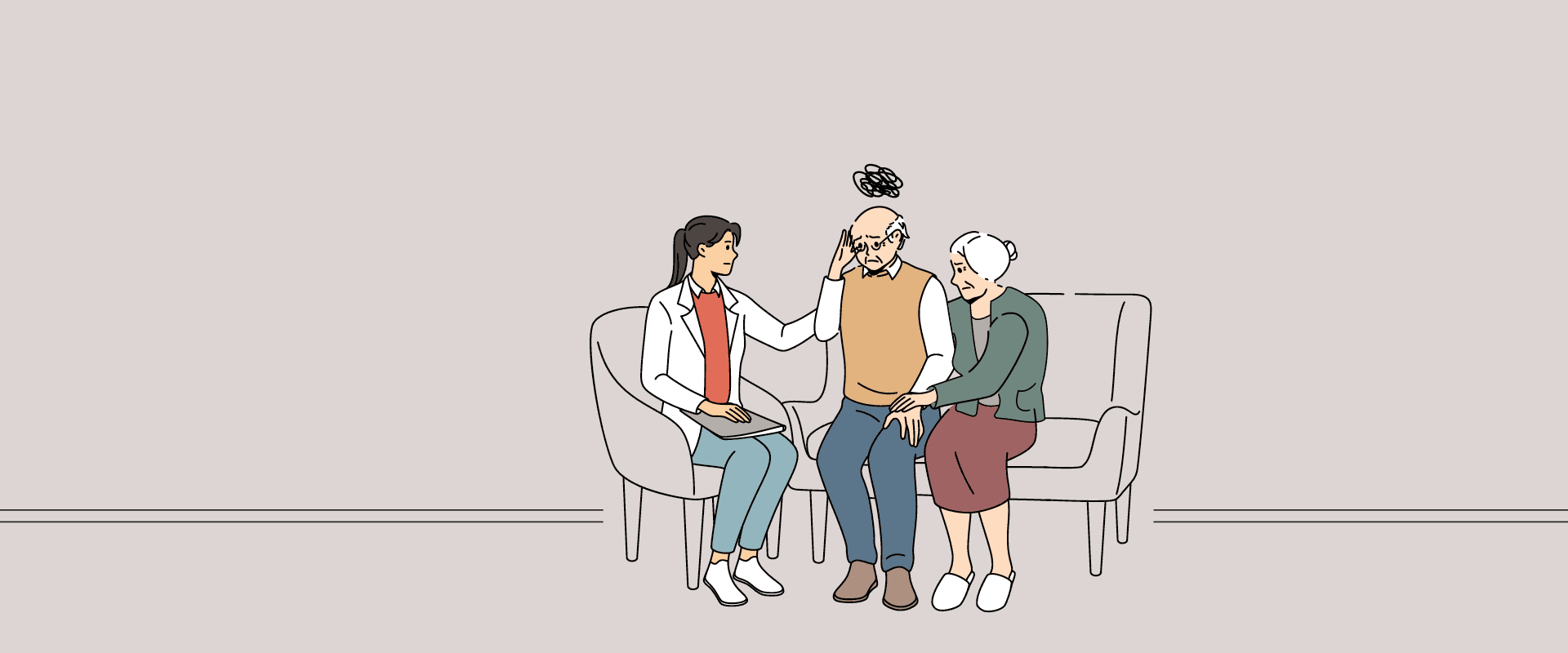ANNUAL CONFERENCE PREVIEW | AAA 2025+HearTECH Expo Heads to The Big Easy in March
When you think of New Orleans, the city’s famous beignets, po-boys, and jazz scene probably come to mind. This year, The Big Easy will also be known for something else—AAA 2025+HearTECH Expo.
How the Buffalo Model Came to Be
The Buffalo Model—a comprehensive approach to evaluate and remediate auditory processing disorders—was first introduced nearly 40 years ago. Developed by Dr. Jack Katz, it is based on the results of a three-test battery: the Phonemic Synthesis Test, the Staggered Spondaic Word test, and the Speech-in-Noise test. Read on to learn how this model came to be.
Connecting and Collaborating: Social Work and Audiology
Audiologists often interact with other medical specialists but may do so less frequently with social workers. What happens when social work needs arise during an audiology appointment? Learning what social work entails and thinking about ways the two specialties can work together can help patients with hearing, dizziness, or balance problems improve their quality of life in other areas.
Yikes! I Have a Pediatric Patient!
Effective testing of pediatric patients requires a combination of audiology procedures, flexibility, and practice. It can be challenging to provide services to a child if you have not worked with pediatric patients recently, but you can take some steps to make their appointment go more smoothly.
Dementia and Hearing Loss: Takeaways from a Clinical Encounter
Working with patients who have both hearing and cognitive impairments can be challenging, but the rewards are well worth it. As we work with patients, we need to remember that our interventions should compensate for their reduced auditory input and processing by lessening the listening effort and demands placed on their attention, memory, and executive function.






